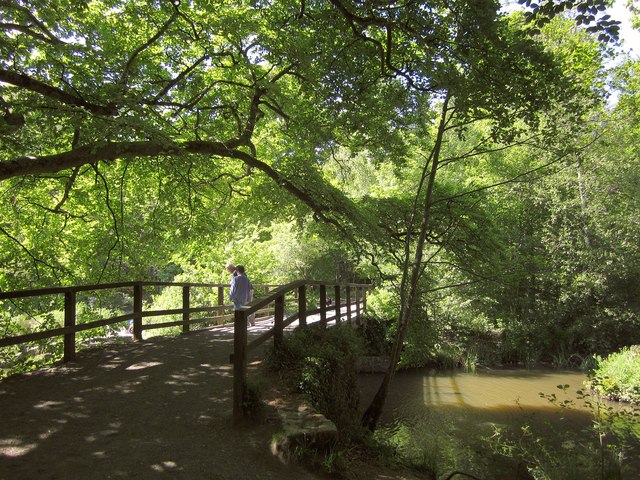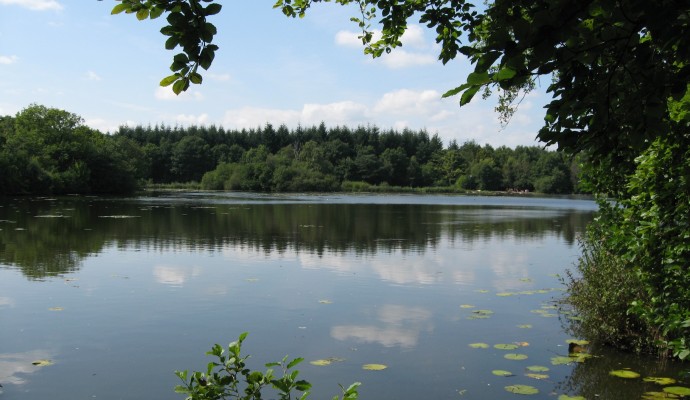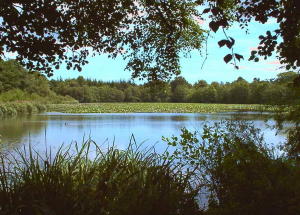Interesting information
Stover Lake is artificial, founded by James Templer as a landscape feature when he took over the Estate. Now the focal point of Stover Country Park, it is an important ecological site, and together with the surrounding woodland is designated a Site of Special Scientific Interest. It is particularly important for its dragonflies.
The artificial watercourse was constructed in association with the lake as a landscape feature.
You will pass an area of commercial forestry along the walk. Woodland and plantations in this area date back to Templer’s time.
The old branch line between Newton Abbot and Moretonhampstead, now in place only as far as Heathfield Industrial Estate near Drum Bridges. It was built in the mid – 19th century. Between the outskirts of Bovey Tracey and the end of the Stover Canal it used the line of the Granite Tramway. Therefore you will cross the line of Tramway.
These are old clay quarry workers’ cottages. Clay working dates back many centuries in this area, and is the reason for the original building of the Stover Canal.
The site of Ventiford Basin was the junction between Tramway and Canal, and in the early 1800s would have been a hive of activity, transferring granite from tramway trucks to canal barges.
The embankment on the opposite side of the river has been formed out of spoil heaps from the clay quarries and hides the workings beyond.
Teigngrace Lock is the highest lock on the canal. Nearby are some old canal buildings, some now renovated.
Teigngrace church was completely rebuilt by the Templers when they acquired Stover.
Templer’s Stover House, now a private school, is in the private land beyond the trees. There is no public access.
The site of the original Stover House is much decayed when Templer acquired the estate, it was demolished and some of the stone used for the new house.


